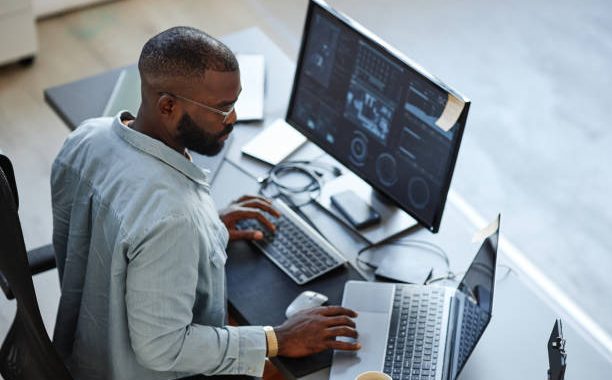Computers have been changing the world since their inception, from huge devices that took up an entire room to today's lightweight portable models. The first laptop, the IBM 5100, released in 1975, cost $9,000 (about $43,000 in today's money) and was a landmark of its time. "Simon Tilindis, Head of Computer Sales at Telia, points out that today's computers have become an integral part of our work and play.
"The IBM 5100 was not the only historically important computer. "The Xerox Alto, introduced in 1973, was the first with a graphical user interface and mouse. "The Apple II, released in 1977, was the first commercially successful personal computer. In 1981, IBM released its first truly personal computer, the IBM 5150, which became the market standard.
"The Apple Macintosh, released in 1984, was the first computer to attract widespread interest because of its graphical user interface and mouse. Steve Jobs, after leaving Apple, introduced the NeXT Cube in 1990, important for its role in the development of the Internet and operating systems.
"Launched in 1992, the ThinkPad has become a leader in the business computing segment. "Apple MacBook Air, released in 2008, was the first ultrabook, and Apple iPad (2010) became the standard for tablets. "The Raspberry Pi, introduced in 2012, has gained popularity for its flexibility and low cost, encouraging people to learn programming.
These computers not only reflect the evolution of technology, but also show how our attitudes towards information technology have changed, from hard-to-access devices to everyday tools.

